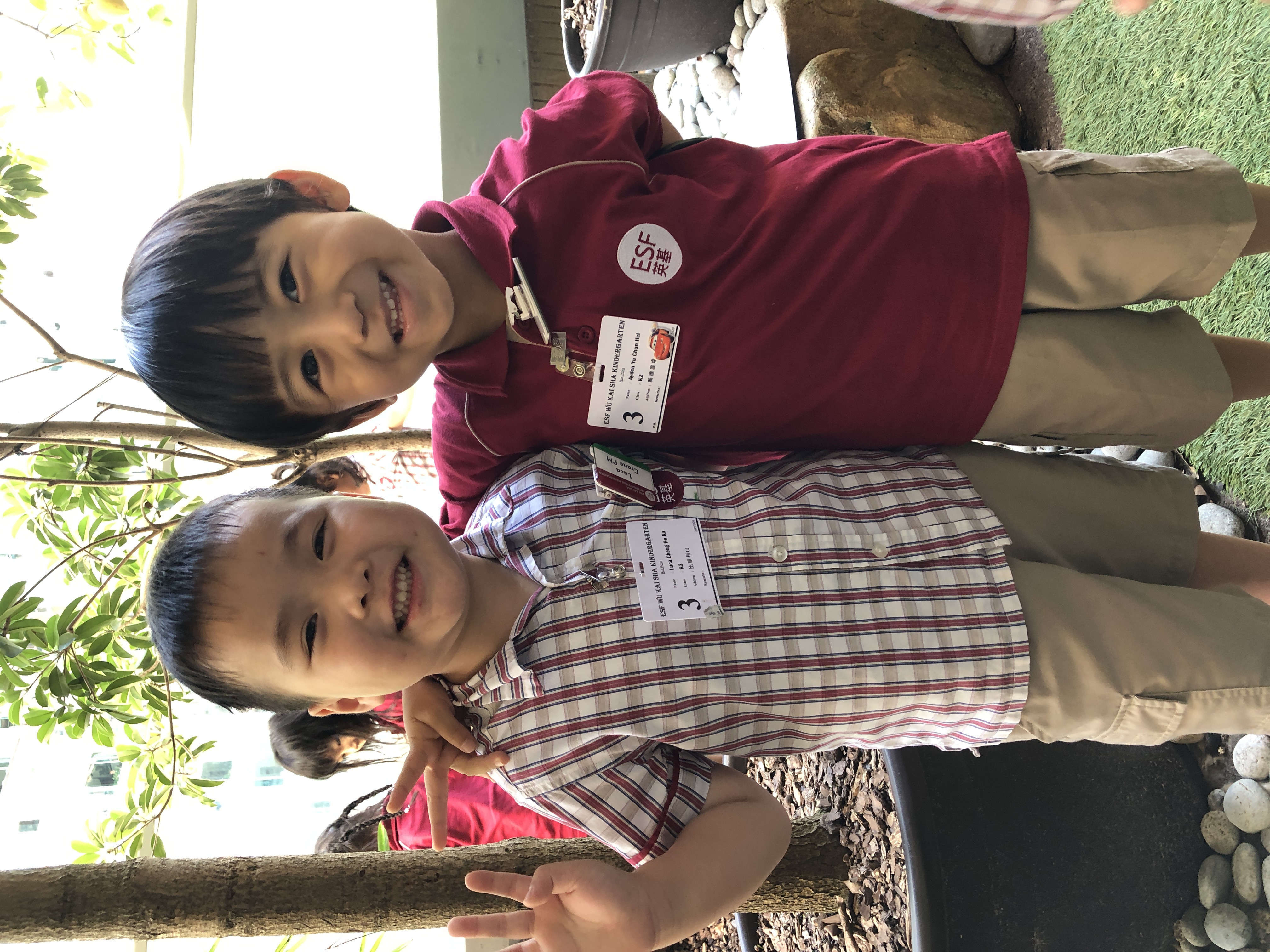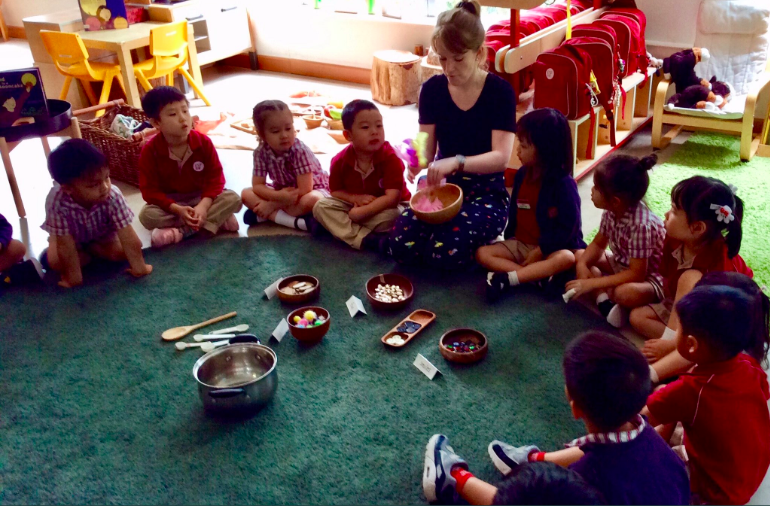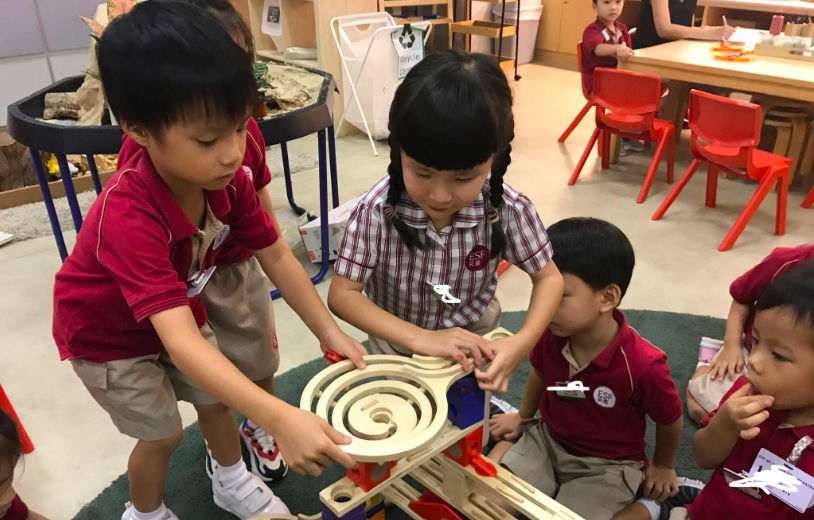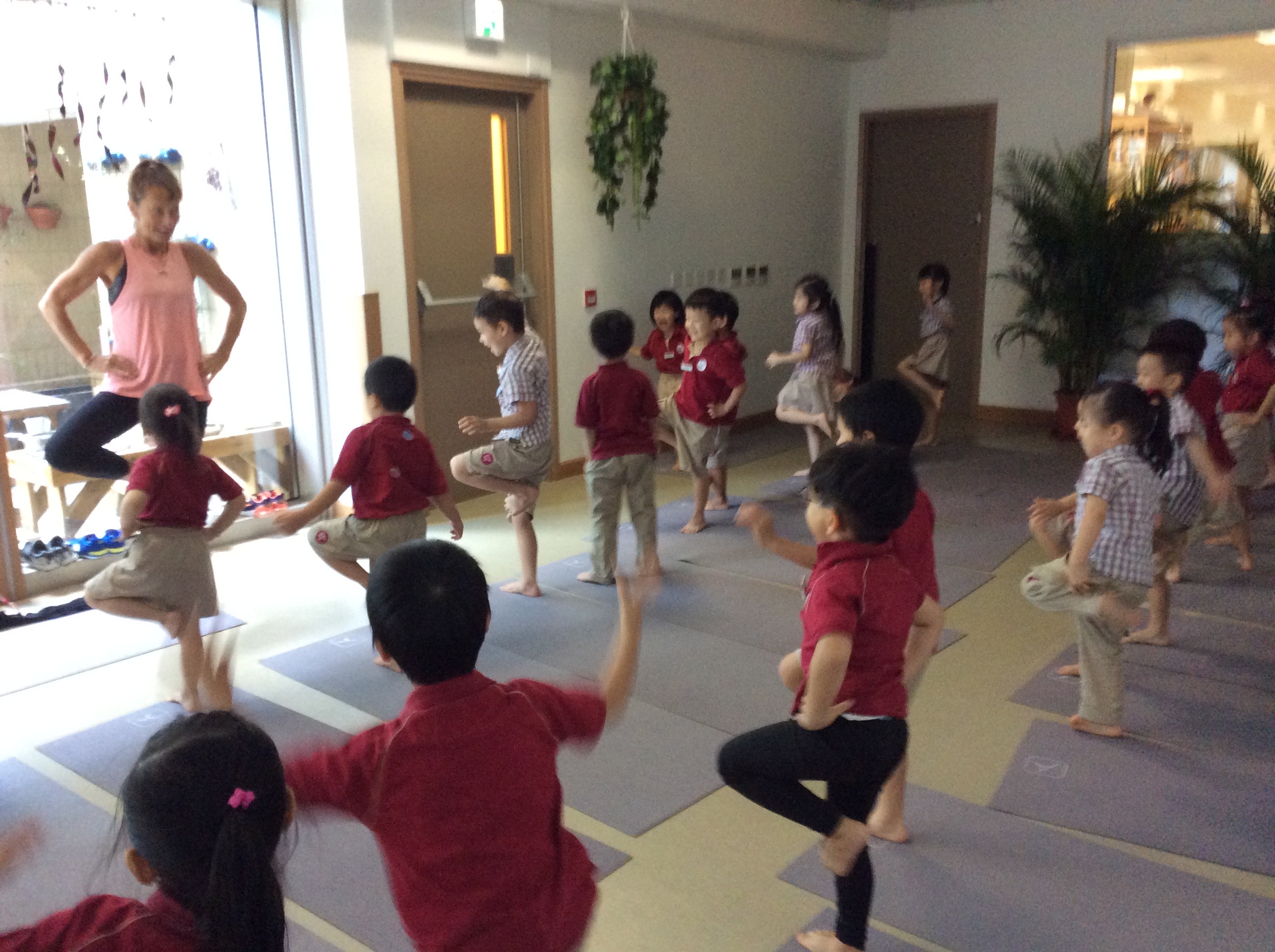9th September 2019
As part of our Who We Are unit we have been thinking about our friends. Forming friendships with other children is an essential and extremely valuable part of early childhood. Established peer relationships help children to develop socially, emotionally, linguistically and cognitively and foster a sense of self confidence, safety, connectedness and belonging.
In order to identify the children’s understanding and perceptions of friendships, the K2s will be thinking about the following questions ‘What is a friend? What makes a good friend? How can you be a good friend?’
Through discussions and social stories as well as learning engagements such as making friendship bracelets or drawing a friend, the children will continue to deepen their understanding of friends and develop their philosophies around friendship.





Social Stories that will support your child with this unit:
Classroom Expectations
Howard B Wigglebottom learns to Listen - Howard Binkow
Lacey Walker, Nonstop Talker - Christianne C. Jones
Interrupting Chicken - David Ezra Stein
Rex wrecks it! - Ben Clanton
This is our House - Michael Rosen
No David - David Shannon
David gets in Trouble - David Shannon
It’s Mine! - Leo Lionni
Friendship Stories
Friends - Eric Carle
Stick and Stone - Beth Ferry and Tom Lichtenheld
My Friend is Sad - Mo Willems
The Rainbow Fish - Marcus Pfister
The Things I love about Friends - Tracey Moroney
How do Dinosaurs stay Friends - Jane Yolen
Lost and Found - Oliver Jeffers
Feelings Stories
The Way I feel - Janan Cain
How are you feeling - Saxton Freymann & Joost Elffers
Marvin gets Mad - Joseph Theobald
In my Heart - Jo Witek
The Cloud - Hannah Cuming
Other Stories related to this Unit
The Selfish Crocodile - Faustin Charles and Michael Terry
Sharing a Shell - Julia Donaldson
The Snail and the Whale - Julia Donaldson
How Full is your Bucket? - Tom Rath
Have you filled your bucket today? - Carol McCloud & David Messing
Only One You - Linda Kranz
Guess how much I love you - Sam McBratney & Anita Jeram
Pig the Pug - Aaron Blabey
Pig the Fibber - Aaron Blabey
Pig the Winner - Aaron Blabey
Please Mr Panda - Steve Antony
I’ll wait Mr Panda - Steve Antony
Can I Play Too? - Mo Willems
Maths
The K2 classes have enjoyed exploring and engaging in the different learning spaces of their new classrooms. Some classes started to reflect on their experiences at school and demonstrated their ability to identify their favourite areas to learn and play. From this, the children have created a mathematical pictogram to identify the most and least popular areas of their classroom.
We compared our findings and discussed the following questions:
Which areas were more or less popular than others?
Which area was the most or least favourite area in the classroom?
Which is the area that not many children like to play in?
Through this activity the children learned about data handling in a practical way. They were also encouraged to use mathematical language (e.g. more, less, same, least, most) when counting, comparing and discussing the outcomes.



 Friends enjoying seeing each other again and getting to know their new classroom environment and resources
Friends enjoying seeing each other again and getting to know their new classroom environment and resources